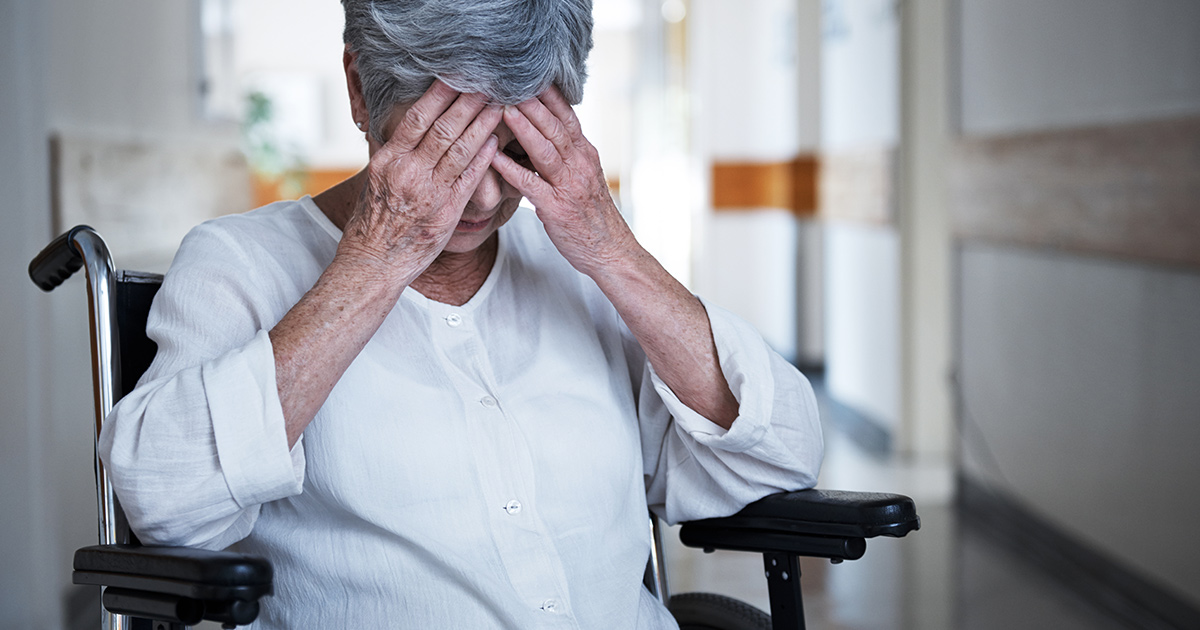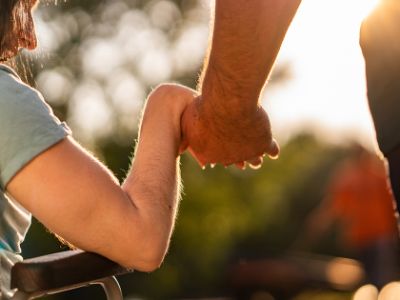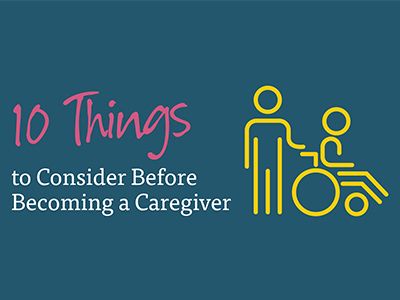In most cultures, respecting your elders and ensuring their proper care is considered an honorable endeavor and top priority. Sadly, as difficult as it is to fathom, a portion of our senior citizen population is abused emotionally, physically and financially every day. And many times this shameful crime of elderly abuse goes unreported and continues unabated.
We all have elderly loved ones in our lives, so it’s of the utmost importance to understand the signs of elder neglect and abuse and to take action when they are detected.
What is elder abuse?
Abuse of the elderly involves any kind of mistreatment that results in harm or loss to an elderly individual, or anyone who is age 65 or older.
Elderly abuse falls into a number of different categories, including physical, emotional, sexual and financial. It occurs in private homes, hospitals, clinics, nursing homes and other long-term care facilities. Most elder abuse is committed by family members, while a percentage of it can also be attributed to friends, neighbors and health care professionals such as home health care aides.
Elder abuse facts
Unfortunately, definitive statistics and comprehensive elderly abuse facts are fairly sparse. This is mainly due to the difficulty in determining a universal definition of elder abuse, a lack of uniform reporting between states and a hesitancy to report the incidents. It is believed that anywhere from four to six percent of senior citizens are abused, according to the National Committee for the Prevention of Elder Abuse (NCPEA). Additionally, it’s widely realized that a vast number of elder abuse incidents go unreported (and unprosecuted), as suggested by a New York State Study on the prevalence of elder abuse.
If anything, with a U.S. population that is graying (reaching 65) at a rapid pace, incidents of elder abuse are likely to increase in the coming years, which sadly means that we will hear about more elder abuse stories. At the time of the 2010 U.S. Census, 40.3 million people were aged 65 or older, which accounts for 13% of the population. 5.8 million were aged 85 or older. By 2050, it is estimated that 20% of the U.S. population will be aged 65 or older, and there will be approximately 19 million people aged 85 or older.
What are the types of elder abuse?
When most people think of abuse, hitting, punching and other types of physical contact typically spring to mind. To be sure, physical abuse of the elderly is a very real problem, and it is one of the most common types of elder abuse. However, abuse of seniors takes on many other insidious forms too. The NCPEA provides the following overview of the signs to watch for in different scenarios:
Physical abuse
Physical abuse of seniors involves physical violence or force that results in pain, impairment or bodily injury to the victim. It may include improper restraint, battery or assault. Perpetrators typically include acquaintances, spouses and other romantic partners, children, grandchildren and paid caregivers.
Signs of physical abuse of the elderly
Indications of physical abuse of a senior may be physical or behavioral in nature, and occur over an extended period of time. So it’s important to pay attention in both areas and look for signs that may include:
- Abrasions or burns that appear to be the result of ropes, straps or other restraints.
- Broken, fractured or dislocated bones.
- Sprains.
- Bruises that aren’t typically caused accidentally.
- Signs of trauma such as hair loss or tooth loss.
Behavioral signs of physical abuse of seniors include:
- A history of incurring the same injuries again and again.
- Injuries that are unexplained, or if they are explained, the explanation is not plausible.
- Visiting multiple health care facilities to avoid arousing suspicions.
- Relatives and other give conflicting stories about how injuries have occurred.
- Long delays between when injuries are incurred and when they are treated.
Financial abuse
The impact of elder financial abuse is significant, and on the rise as well, thanks to the increasing availability and popularity of internet access. Criminals commonly use electronic means to engage in identity theft and other crimes such as online scams or exploitation that often result in financial abuse of the elderly. Examples of such abuse include:
- Forging signatures.
- Using deception, coercion or other types of undue influence to get a senior to sign a deed, will, power of attorney or other important document.
- Using a senior’s belongings without permission.
- Taking money or property from an elder.
- Confidence crimes, or cons, in which deception is used to defraud a senior under false pretenses for financial gain.
Signs of elder financial abuse
Signs that a senior citizen may be the victim of financial abuse include:
- Unexplained withdrawals or transfers from bank accounts.
- Unpaid bills, shut-off notices for utilities and eviction notices.
- Sudden, newly announced “best friends.”
- Mail from the bank is no longer delivered.
- Missing property.
- Suspicious-looking signatures that are supposedly the victim’s.
- A caregiver who has excessive, unexplained interest in how much money is spent on the senior.
Emotional abuse
Emotional or psychological abuse of elders involves the intentional infliction of emotional or mental anguish through the use of humiliation, threats and other verbal and non-verbal means.
Signs of emotional abuse
Emotional abuse of seniors can be very difficult to detect. This is partly because the outward signs are more subtle and easy to overlook. A few examples of physical indications of emotional abuse of a senior include:
- Stress-related physical signs of abuse, such as unusually high blood pressure.
- Appearing outwardly anxious, a hesitancy to be treated or otherwise on edge.
- Unexplained, rapid weight loss or weight gain.
Behavioral signs of emotional abuse may be displayed by both perpetrators and victims. Most notably, if a person is abusing a senior emotionally, they may attempt to isolate him or her from loved ones and may refuse to touch, speak to or comfort the individual. Victims of emotional elder abuse may exhibit the following behavioral red flags:
- Confusion or depression.
- Appearing agitated, emotionally upset, non-responsive or withdrawn.
- Exhibiting strange behavior, which may be incorrectly attributed to dementia.
- Problems sleeping.
- Appearing to cower or otherwise seeming afraid when the abuser is present.
Elder neglect
Elderly neglect is another common form of elder abuse. Neglect of the elderly can be active or passive. With active neglect, care and necessities may be deliberately withheld for financial gain or because of interpersonal conflicts. With passive neglect, the caregiver is unable to effectively carry out their responsibilities to the senior due to disability, stress, a lack of maturity, a lack of resources or ignorance. There’s also self-neglect, in which an elderly individual refuses care.
Signs of elder neglect
When visiting the living quarters of a senior who is being neglected, you may notice a lack of necessities like heat, food or water; the absence of proper utilities, space or ventilation; unsafe or unclean conditions or pest infestations. Physical signs that a senior is being neglected may include:
- Unclothed or improperly clothed.
- Skin rashes.
- Bedsores.
- Signs of dehydration.
- The absence of a necessary brace, walker, dentures or hearing aid.
- Unexplained worsening of a chronic condition.
Behavioral signs that a senior is being neglected may include:
- Difficulty sleeping.
- Nightmares.
- Signs of emotional distress such as crying or despair.
- Confusion or disorientation due to malnutrition.
- Appearing withdrawn or emotionally numb.
- Regressive behavior.
- Fear toward caregiver.
- Self-destructive behavior.
How can you identify elder abuse?
The best way to ensure that you identify signs of elder abuse is by familiarizing yourself with the signs of the various types of abuse, which are outlined above. Always pay close attention to both the person and whoever is charged with their care.
If you have even the slightest concern, take action and ask questions. It is better to be wrong and find out than to assume things are okay while the abuse may continue.



